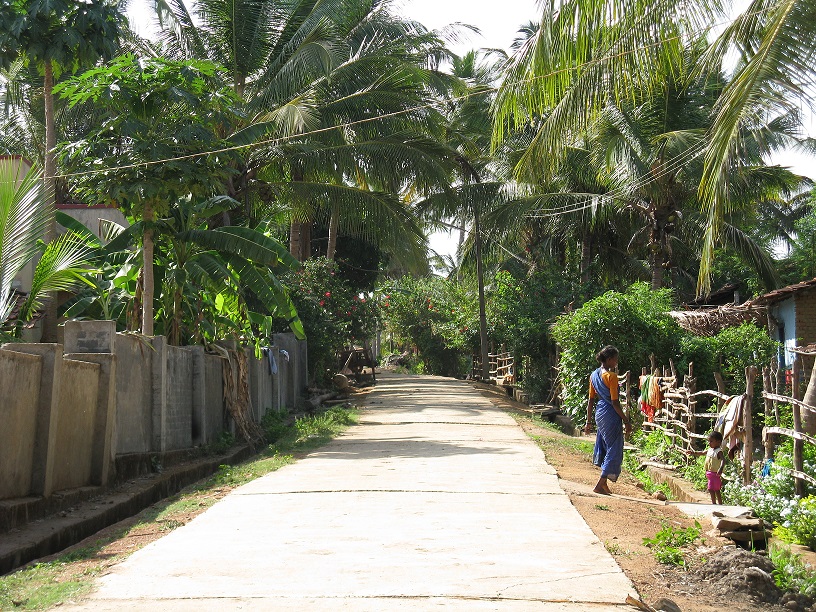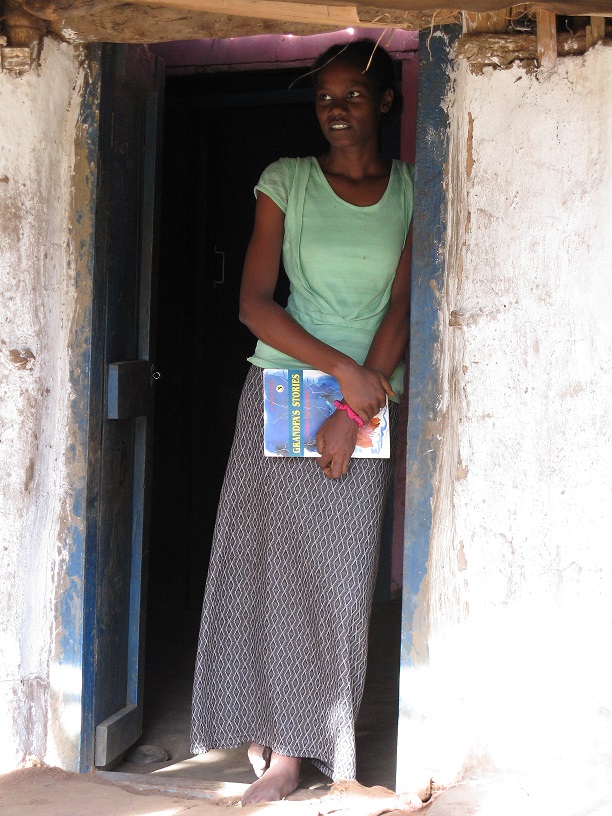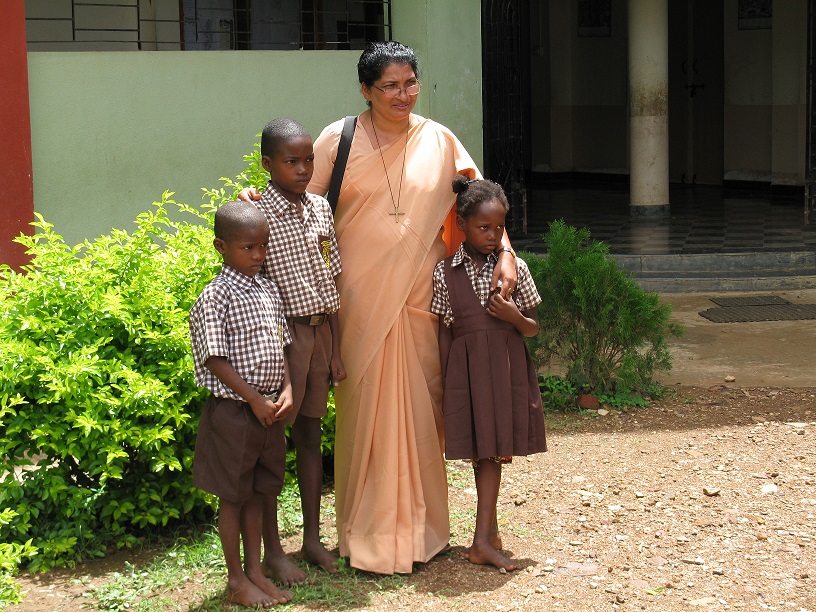
“Be careful,” my uncle and his friends warned as I prepared to leave Bangalore, “Don’t eat unknown food or drink the water. Make sure you bring Paracetamol.”
“Are you going to be ok without a TV?” my grandmother asked.
I laughed at the irony. They, the urban Indians, considered rural India as daunting as Westerners considered India. The organic farm an hour’s drive outside Bangalore was as remote as they got.
 “Don’t worry,” I assured them, “I will be fine.” Secretly though, I was a little nervous about this research trip to the African-Indian (Siddi) villages in Uttara Kannada. Traveling so far into the country would be a brand-new experience for me. I could navigate the urban wilds of Bangalore and Chennai with ease, but rural India was a different world.
“Don’t worry,” I assured them, “I will be fine.” Secretly though, I was a little nervous about this research trip to the African-Indian (Siddi) villages in Uttara Kannada. Traveling so far into the country would be a brand-new experience for me. I could navigate the urban wilds of Bangalore and Chennai with ease, but rural India was a different world.
Businessmen packed the commuter jet on the flight to Hubli, carrying only their briefcases. They would return on the evening flight. The Hubli airport was a small building with one gate and only one or two ticket counters and a souvenir shop outside. As I exited, I looked for the lone black face in a sea of brown. But it wasn’t there. Instead an Indian came up to me, calling me by name, telling me that my professor was stuck in Bombay, and would arrive the next day. I hesitated. I could easily buy a ticket to get back on the plane and return to Bangalore. But my professor could not keep up the ruse. He popped out from where he’d been hiding behind the car.
“Guru!” he exclaimed, “Welcome to Hubli. Come, let us go to Mainalli.”
The drive took a little over an hour. The road was full of overloaded trucks looking as if they were about to keel over, petroleum tankers, and many men and women on motorcycles, including two men carrying a goat between them. We passed a colorful and weatherworn Jain temple dedicated to Jain astrology, and a Tibetan settlement, the largest in the world, whose monks traversed the road between their colony and the next small town.
Mainalli itself consisted of two narrow roads lined with colored houses behind log fences. It was green, quiet, and immaculately maintained. The roads converged at a large field owned by non-Siddis but worked by Siddis and members of the other scheduled tribes that populated the area. Across from the field sat the Holy Cross Convent, the residence of three nuns: Sister Valentine, Sister Stella, and Sister Reeta, who were dedicated to providing education, healthcare, and empowerment programs to the community they served.

Much has been written about the insular nature of the Siddis. When the Goa Inquisition was persecuting New Christians (converts from Hinduism, Judaism, and Islam) and non-Christians, the Siddis fled to the forests of Karnataka and Gujarat where they remain. They have stayed “hidden” for so long, that most of the subcontinent still has no idea the ethnic group exists. (Anecdotally, I have yet to meet an Indian outside the surrounding areas who is familiar with them.) One Siddi student told us that in Pune, where she goes to college, she is assumed to be African and treated like a foreigner. Her experience was not unique.
But Siddi history in India is long. Most are thought to have been brought over in the 16th century by Portuguese slave traders, but others are believed to have been soldiers and merchants in India as far back as the seventh century. Whatever their history, they have seamlessly integrated into Indian culture. The women we met wore saris, spoke Kannada and Konkani, had deep-rooted ties to the land they work on. The villages they live in have been their homes for generation. Only in their appearance and their music and dance do you see the Bantu history from which they are said to be descended.
Unfortunately, like with all the Scheduled Tribes and Scheduled Castes, exploitation is rampant. Unscrupulous landowners and government workers take advantage of the illiteracy and lack of education among the rural poor to cheat them out of rations and fair wages. In Mainalli the story goes that the farmland around the village once belonged to local Siddi families. They hired non-Siddis as laborers who eventually left to find their fortune in the city. Years later their descendants returned to the village with papers purportedly saying they were the rightful owners of the land. The Siddis, because they lacked literary skills, were tricked into signing these papers and so the land was taken away from them.
The three nuns in Mainalli are trying to counter this trend. The Sisters, along with the Jesuits in Mundgod, have been sponsoring the education of young Siddis. From the nursery schools the Sisters have set up in the villages, to the Jesuit primary and secondary schools they can attend in the town, they encourage young Siddis to go off to college (also sponsored) and graduate school, and return to their communities.
Young Siddis in the twenties have begun to earn degrees and return to their villages. Some are teachers; others are social workers; one who we talked to wanted to become a lawyer to fight the discrimination and exploitation of the Scheduled Tribes and Castes. With education and English skills, they are better equipped than their parents’ generation to navigate the world outside their isolated villages and give their tribe a voice in modern India.
Asha Sundararaman is a New York-based writer, singer, and amateur photographer. She took all of the photos accompanying this piece.














Thank you, Miss Sundararaman, for sharing this piece of history.